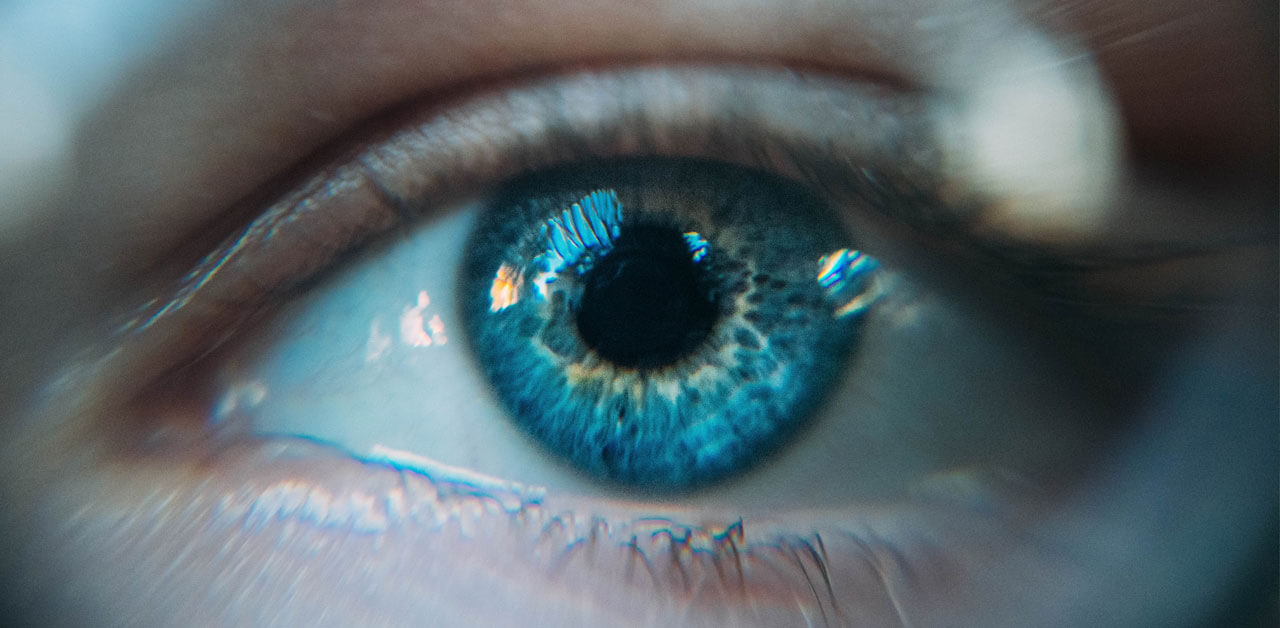One good way to counter-effect the negative self-talk that you can have in competition or when having mental barriers due to step-backs is to use mental imagery, also known as visualization.
Visualisation is a powerful mental skill that you can use to help you reach optimal performance levels. It is more important than what you think it is.
In fact, we all unconsciously use visualization without being aware of it. It is common for sports mental performance coaches to recommend it to athletes who would like to maximize their potential. Surfers prepare themselves for competition by seeing themselves performing well in surf contests. They create and use mental images that are detailed, specific, and realistic.
Using visualization during competition helps surfers prepare to take action and recover from mistakes and poor performance.
Apart from surfers in competition, I believe that without vision, nothing can be achieved.
Take for example someone who is confused about the next steps he needs to take in his life. It’s evident that he wouldn’t be able to successfully attain that thing or state he desires, no matter what it is. Now take someone who knows precisely what he wants to achieve and is taking specific steps towards it. He sees his future self doing something and being somewhere. That vivid vision directs all his actions towards his goal.
“Champions are made from something they have deep inside them – a desire, a dream, a vision.”
– Muhammad Ali
BUT HOW DOES VISUALISATION WORK?
Mental imagery is brain rehearsal. When you are visualizing something, it is like a virtually practicing it. You will be activating the same neural pathways that you will be using in the field, except that you will be sitting on your couch. This is also known as Neuroplasticity. The term refers to your brain’s ability to form and reorganize synaptic connections, especially in response to learning.
In the last 30 years, studies showed that the brain is not as fixed as medical experts initially thought it was. This discovery means that you can rewire your brain to establish better habits that contribute to your health, success, and well-being.
So what does all this have to do with becoming an optimal performer?
Well, two things:
You can use visualization to see yourself as an optimal performer. See, hear and feel how it will be like to reach your goal. It will keep you motivated into wanting to have your specific results.
You should also use visualization to see yourself surfing. Be very specific by engaging all your senses into the experience. From warming up in the parking, to walking on the sand, to the first contact with water, to doing your take-off and riding your favorite wave.
4 STEPS TO PRACTISING VISUALIZATION
1. Focus on your objective
In the second episode of this series, you created a specific goal. Use that goal as a visualization subject by mentally materializing it and imagining it already happening.
2. Hijack your negative self-talk
Our future worries often blur our vision. Some goals can create anxiety and patterns of daydreaming about something, getting started, then letting go in the middle of the process before you even reach your goal. The efforts associated with your intent make you think that it is too hard, too difficult to achieve, or even impossible. It’s important to recognize that this is only self-talk.
For instance, you might start visualizing your future self-being at an optimal performance level, surfing every day, strong and healthy, but then negative self-talk will come and tell you “it’s impossible to do and it’s too hard to achieve.”
3. Prepare for the visualization practice
To visualize correctly, you need to enter a meditative state. Start a regular meditation process by taking three deep breaths. Close your eyes and focus on the sounds near you. Shift your attention toward your physical senses. Turn your focus toward your breathing. Keep doing this for 2 minutes until you enter a meditative state, then direct your attention toward that specific time in the future when you want to achieve your goal. The key here is to engage your senses and connect them with your vision.
You can reinforce that vision by looking at your future self from both a helicopter view where you play a movie of yourself achieving that goal and from a first-person point of view where you are associated with that state.
4. Visualise daily
Practice this visualization exercise every day during your morning routine. This practice only takes five minutes including getting into the meditative state. Five minutes is literally only 0.34% of your day.
SUMMARY
- Visualization is a powerful tool for personal and professional use.
- Use visualization to hijack your negative self-talk patterns.
- Visualise daily to stay focused and to virtually practice your game.
